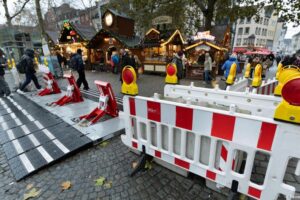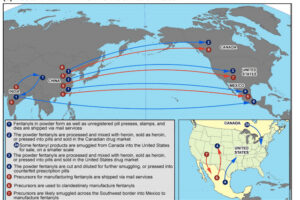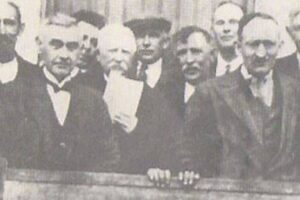
Certain neighbourhoods are more affected than others
Gabriel Shepard Assistant Head of Print
20:00, 17 Jul 2025
Japanese knotweed is so tough it can grow through concrete and cause damages to your home (Image: Birmingham Post)
Bristol has been named the Japanese knotweed capital of England. According to invasive plant specialist Environet, the city has more reports of plants per square mile than anywhere else.
Over the past year there were 1,440 verified knotweed sightings across Bristol, or 33.91 incidences in every square mile.
This was almost triple the intensity found in Merseyside in second place, with 11.87 incidences in every square mile. Within Bristol, Easton, where 208 discoveries were made, was said to be the worst affected location. This was followed by Brislington / Knowle (173) and Bedminster (148).
Data was based on public submissions uploaded to Environet’s interactive map, which has an ‘add sighting’ feature, as well as information from a range of public sources including the National Trust, Natural England, the RHS and various Wildlife Trusts.
Environet advised that “apparent increases in sightings over time may reflect the addition of new data sets rather than a genuine rise in the spread of Japanese knotweed”. This is the second consecutive year that Bristol has topped its list.
Japanese knotweed first arrived in the UK in the Victorian times in a box of plant specimens delivered to Kew Gardens and was quickly adopted by gardeners and horticulturalists, who were unaware of its invasive nature. Since then it has spread widely, with 1.1 occurrences in every square mile of England.
Japanese knotweed hotspots in the Bristol area according to Environet’s map(Image: Environet)
Environet director Emily Grant said: “By mapping verified sightings, we’re helping people understand the level of risk in their local area and encouraging early identification and treatment. Vigilance is the best way to protect your property from Japanese knotweed, making sure you tackle it as early as possible before it becomes well established.
“At this time of year, knotweed is in full growth mode and easy to spot with its bright green heart-shaped leaves which grow in a zigzag pattern up the stems. Mature plants flower around August, when they produce clusters of tiny white blooms.”
Bristol’s hotspots were listed as:
Easton 208Brislington/Knowle 173Bedminster 148Westbury on Trym 130Avonmouth 130Central Bristol 83Kingswood 76Highridge/ Hartcliffe 74Redland 53Brentry/Henbury 52
Emily added: “If you do suspect you have knotweed on or near your property, you can email a photo to us at expert@environetuk.com and we’ll identify it for free. If it is knotweed, a survey will determine the extent of the infestation and the best way to treat it, whether that’s digging it out of the ground, herbicide treating it or a combination of both.
“Public engagement is key in the fight against knotweed, and by reporting new sightings homeowners can play an important role in controlling this invasive plant and protecting property values.”
Knotweed begins to emerge in early spring, quickly growing into lush green shrubs with pink-flecked stems, heart-shaped leaves and bamboo-like canes. It can pose serious problems for homeowners, with underground rhizomes that can grow up to three metres deep and spread up to seven metres horizontally, emerging through cracks in concrete, tarmac driveways, pathways, drains and cavity walls.
While serious damage to property is rare, since mortgage lenders require knotweed to be dealt with when a property is sold, it can cause legal disputes between neighbours and reduce a property’s value by approximately 5%. A 2023 government report put the cost of tackling knotweed to the UK economy at nearly £250 million a year.





